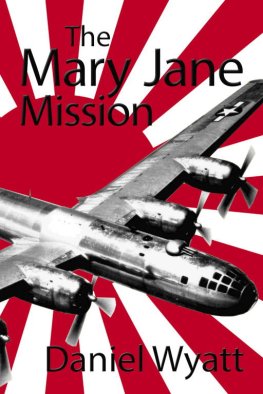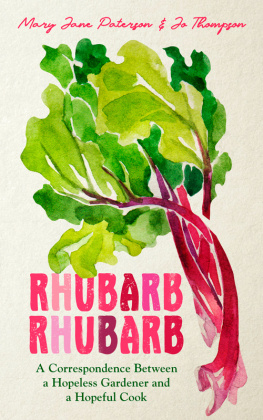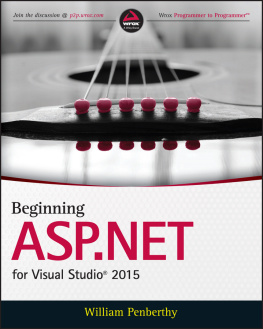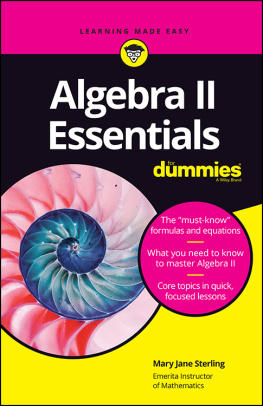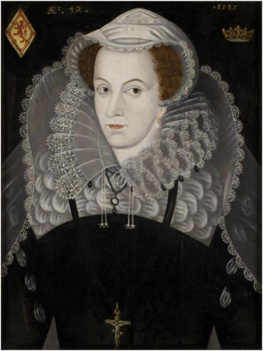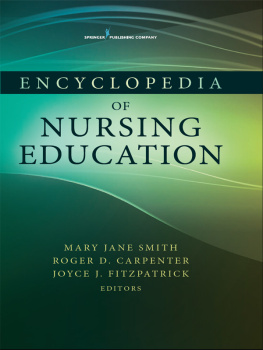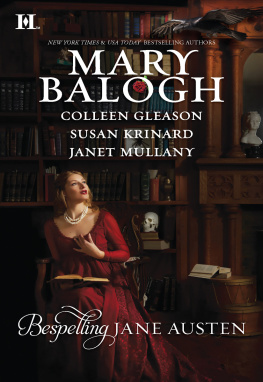Mary Jane Jacob - The Studio Reader
Here you can read online Mary Jane Jacob - The Studio Reader full text of the book (entire story) in english for free. Download pdf and epub, get meaning, cover and reviews about this ebook. publisher: University of Chicago Press, genre: Detective and thriller. Description of the work, (preface) as well as reviews are available. Best literature library LitArk.com created for fans of good reading and offers a wide selection of genres:
Romance novel
Science fiction
Adventure
Detective
Science
History
Home and family
Prose
Art
Politics
Computer
Non-fiction
Religion
Business
Children
Humor
Choose a favorite category and find really read worthwhile books. Enjoy immersion in the world of imagination, feel the emotions of the characters or learn something new for yourself, make an fascinating discovery.

- Book:The Studio Reader
- Author:
- Publisher:University of Chicago Press
- Genre:
- Rating:4 / 5
- Favourites:Add to favourites
- Your mark:
- 80
- 1
- 2
- 3
- 4
- 5
The Studio Reader: summary, description and annotation
We offer to read an annotation, description, summary or preface (depends on what the author of the book "The Studio Reader" wrote himself). If you haven't found the necessary information about the book — write in the comments, we will try to find it.
The Studio Reader — read online for free the complete book (whole text) full work
Below is the text of the book, divided by pages. System saving the place of the last page read, allows you to conveniently read the book "The Studio Reader" online for free, without having to search again every time where you left off. Put a bookmark, and you can go to the page where you finished reading at any time.
Font size:
Interval:
Bookmark:
THE STUDIO READER

The STUDIO READER
on the space of artists
EDITED BY MARY JANE JACOB
AND MICHELLE GRABNER
School of the Art Institute of Chicago
University of Chicago Press
CHICAGO AND LONDON
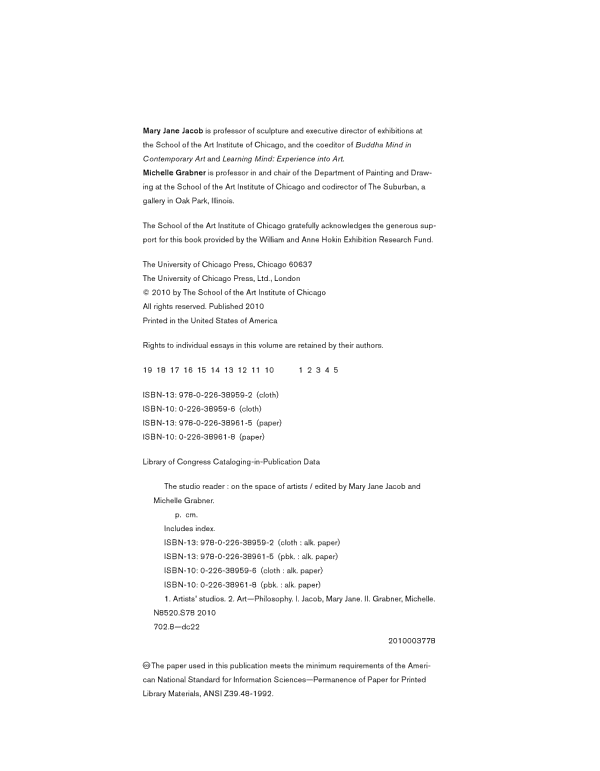
FOREWORD
Lisa Wainwright
As the art world careens this way and that, and its many institutions, markets, and audiences adapt and adjust, supporting it all is the generative activity of studio practice. The studio is a space and a condition wherein creative play and progressive thinking yield propositions for reflecting on who we areindividually and collectivelyand where we might go next. Such propositions take myriad forms depending on the nature of the artists and the materials at their disposal, but what is common to all studio practice is the process of working through an idea as a method of thinking and making. To truly liberate the imagination is to have the space and freedom to reflect, critique, and innovate, key processes for introducing change and advancing democratic ideals. The Studio Reader, in pulling aside the curtain on the world of art, reveals something of these fundamental activities.
Schools of art and design like ours, the School of the Art Institute of Chicago, truly base their pedagogy in studio practice. The value of evolving an idea through the push-and-pull of a mediumbe it physical, digital, language-based, or otherwiseempowers the learner. In studio courses, knowledge is vigorously batted about both materially and conceptually, for creative testing through making remains essential to knowing. Learning through experience means acquiring multiple orders of skill. It is a form of research that follows a path of unfolding ideas as the hand and body, as well the mind, learn. And it can yield surprising and powerful results. This educational strategy is thus significant, not only for producing artists and designers, but for undergraduate education in general.
What might we all know if we worked in the studio for a time? What can we learnabout ourselves, about the worldthrough this particular experience of doing? At the School of the Art Institute, we have pursued this course for nearly a century and a half: in childhood programs, in early college training for high school students, and, of course, in our deep and broad undergraduate and graduate programs. While not all alumni work as artists, all are informed by their experience in and with art-making. The ability to research, conceptualize, and model ideas, the command of a critical discourse grounded in the realm of visual representation, and the flexibility and adaptability learned in the studio are invaluable resources in an exploding global semiosphere.
The role of the art schooland at its core studio practiceis perhaps needed now more than ever. As we have seen throughout civilization, only if we preserve places for individual thought and expression, for unconventional perspectives and productive failures, can society flourish. Only then will we place skilled artists and designers in the world to continue the studio method of critical and humane engagement.
PREFACE
Mary Jane Jacob
Making has been the modality of the Art Institute from its inception. Its incorporation papers, drafted in 1879, commit it to the founding and maintenance of schools of art and design, the formation and exhibition of collections of objects of art, and, finally, the cultivation and extension of the arts of design by any appropriate means.1 In fulfilling this mission, nothing occupies a more central and enduring role than the artists studio. Even when the making is not so visible, it is always present. The back story is always there. Take one of the Art Institutes greatest masterpieces, A Sunday on La Grande Jatte (18841886, 1888/1889) by Georges Seurat. In a work painted in the years between its start and its completionModels of 18861888 we sense its presence in the artists mind and see it in his working environment, reminding us that the studio is the generative space.
Today the Sullivan Galleries sit between the Art Institute as school and as museuma teaching, research, and presenting program through which we continue our mission as we engender a space for making and display that is engaged and invested. This occurs in the form of exhibitions, artists projects, collaborative programs, and publications by which students, faculty, the public, and the field can further conversations around art and, especially, art-making.
We are delighted to be working with the University of Chicago Press on the publication of The Studio Reader, a book that aims to be a companion perhaps even an inspiration for artists, art students, and art educators now and into the future. For these readers, the studio is more than a physical place, even more than a mental space; it is a necessity of being.
What does it mean to be in the studio? What is the space of the studio in the artists practice and life? Is it there that artists realize their own artistic agency and self? Does creative potential originate in the studio or only take form there?
We see here, through artists images and words, some of the many ways the studio functions and the many forms it can take. We hear about its role as a place where they work, live, display, archive, and store art. Despite shifts in artistic practices, sites, and modes of production that might lead us to suspect the studio is irrelevantobsoleteit remains a place where artists go or long to return to, something they have or seek to obtain. As a way of maintaining process, participating in a discourse, and not losing that sometimes elusive or vulnerable identity of being an artist, the studio endures.
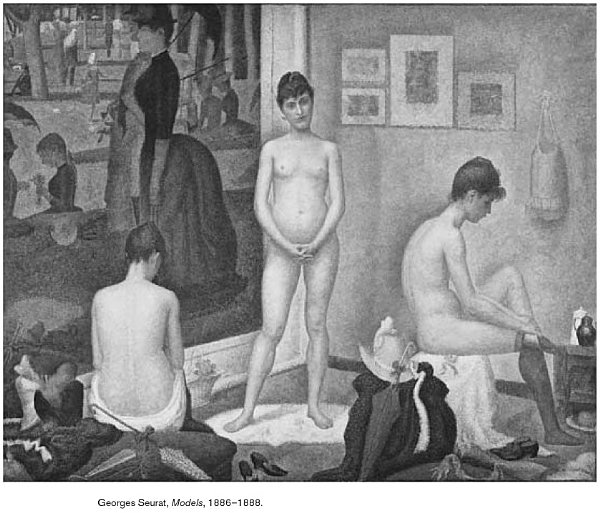
That there is today a broad interest in reexamining this seminal space is evidenced by the new and insightful texts offered here, along with a selection of past critical essays. Our goal in compiling this volume has been to revisit the studio and resituate it in contemporary times. Given the personal nature of the subject, we felt it vitally important that the book include artists own reflections on the nature of the studio as it relates to their habits of mind and working processes. The intimate portraits they have created, in words and images, allow us to be a part of this place.
This book was initiated and edited with my valued colleague Michelle Grabner and is an enduring part of a wider inquiry into the artists studio that she launched. Along with art historian Annika Marie (who also appears as an author here), Grabner organized a major exhibition entitled Picturing the Studio, which took place at the School of the Art Institute of Chicagos Sullivan Galleries from December 2009 to February 2010. Evolving from the breadth and meaning of the contemporary studio, it was assembled around notions of the studio as defined by time, space, and research or study, as well as by making; it probed the studio as workshop, lab, factory, sanctum, lounge, home, and social network. Going to the heart of the enterprise of the art world, it allowed visitors to view late twentieth- and early twentyfirst-century works through the lens of the studio. For this reason, the College Art Association designated Picturing the Studio the centerpiece of its 98th annual conference. Evolving from this exhibition, these same galleries were transformed into temporary studios in summer 2010, simultaneously offering working space to artists from here and away and enabling visitors to observe, converse, and participate in programs with resident artists. This living exhibition was an attempt to further confront the myths that the texts in this book challenge and illuminate.
Font size:
Interval:
Bookmark:
Similar books «The Studio Reader»
Look at similar books to The Studio Reader. We have selected literature similar in name and meaning in the hope of providing readers with more options to find new, interesting, not yet read works.
Discussion, reviews of the book The Studio Reader and just readers' own opinions. Leave your comments, write what you think about the work, its meaning or the main characters. Specify what exactly you liked and what you didn't like, and why you think so.

